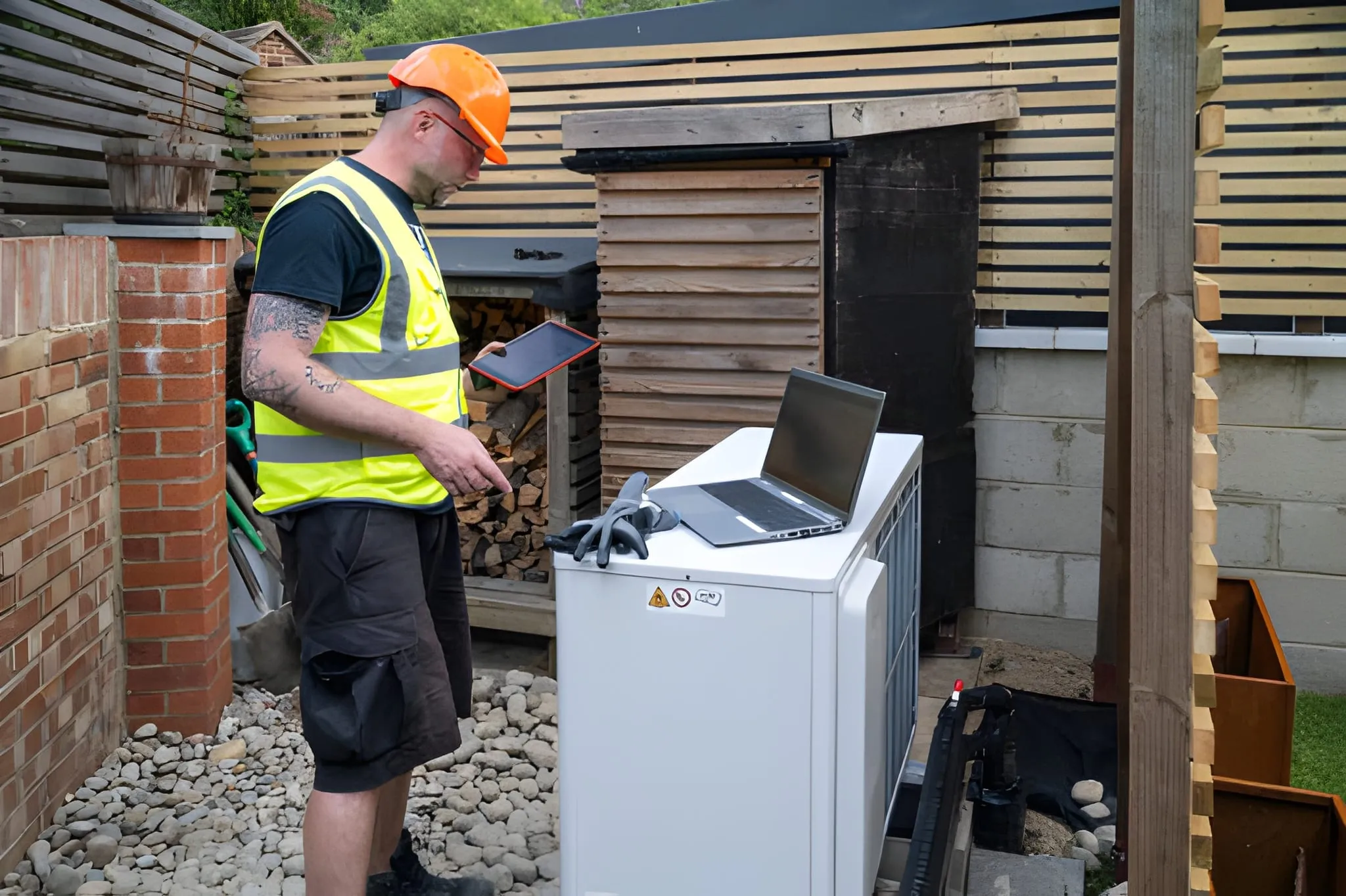Heat Pump Maintenance in Shingle Springs, CA
Keeping your heat pump tuned and running reliably is essential in Shingle Springs, CA, where hot, dry summers, cool nights, and seasonal smoke and dust create unique stresses on HVAC equipment. Regular heat pump maintenance improves comfort, lowers energy bills, and extends equipment life — especially important for homes on foothill properties where temperature swings and airborne particulates are common. This page explains typical maintenance programs, what technicians inspect and test, common local issues, recommended intervals, and simple steps homeowners can take between service visits.
Common heat pump maintenance issues in Shingle Springs, CA
- Reduced airflow and dusty filters: Summer pollen, smoke from regional wildfires, and dust from unpaved driveways clog filters and coils faster than in urban areas.
- Lower efficiency and higher bills: Dirty coils, restricted airflow, or low refrigerant reduce heating and cooling capacity, causing longer run times.
- Short cycling or frequent on/off cycles: Electrical faults, faulty control boards, or clogged filters can trigger short cycling and wear components.
- Ice buildup in winter: In cooler nights or shaded areas, the outdoor unit may ice up if the defrost cycle is failing or airflow is restricted.
- Noisy operation or vibration: Worn bearings, loose panels, or failing motors create rattles and humming that indicate needed lubrication or part replacement.
- Refrigerant leaks and performance loss: Slow leaks lead to poor performance and can damage compressors if left unattended.
What a routine heat pump maintenance program includes
A professional maintenance visit focuses on cleaning, inspection, and performance testing to catch small problems before they become major failures. Typical tasks include:
- Seasonal inspection of system controls, safety switches, and thermostat operation.
- Cleaning indoor and outdoor coils to restore heat transfer efficiency.
- Filter inspection and replacement guidance; cleaning or replacing filters as needed.
- Refrigerant level check and pressure testing to confirm correct charge and to identify leaks. Refrigerant work requires certified technicians.
- Lubrication of moving parts such as fan motors and bearings where applicable.
- Electrical checks including tightening connections, testing capacitors and relays, and measuring amp draws.
- Performance testing: measuring temperature split, airflow, and system cycle behavior to confirm manufacturer performance.
- Defrost and reversing valve check to ensure reliable heat mode during cooler weather.
- Condensate drain inspection and cleaning to prevent clogs and water damage.
- Ductwork assessment for leaks, insulation gaps, and airflow balance when applicable.
- Service report summarizing findings, recommended repairs, energy-saving adjustments, and any safety concerns.
Recommended service intervals for Shingle Springs homes
- Minimum: once per year. A full annual tune-up helps maintain warranty compliance and catches issues.
- Recommended: twice per year (spring and fall). Pre-summer service optimizes cooling performance before extended hot periods. Pre-winter service readies the heat pump for continuous heat mode, checking defrost cycles and reversing valves.
- Homes exposed to heavy dust, wildfire smoke, or with pets may benefit from more frequent filter checks and cleanings.
Benefits of preventive heat pump maintenance
- Improved energy efficiency and lower monthly utility costs by restoring proper refrigerant charge and clean heat-exchange surfaces.
- Extended equipment life by reducing wear on compressors, motors, and fans.
- Fewer emergency breakdowns and more predictable performance during extreme weather.
- Better indoor air quality when filters and coils are maintained, which is important when wildfire smoke affects local air.
- Safety and warranty protection by ensuring electrical components and safety switches are functioning.
Typical maintenance plans and what they include
Maintenance programs are often tiered to match homeowner needs. Common features across plans:
- Basic plan: Annual inspection, filter check guidance, basic cleaning, and mechanical checks.
- Comprehensive plan: Two visits per year (spring and fall), coil cleaning, refrigerant level check, electrical testing, and priority scheduling.
- Premium plan: All comprehensive features plus routine filter replacements, discounted parts, system performance reports, and seasonal system adjustments specific to local conditions.
Plans commonly include written maintenance checklists and documented recommendations so you know what was inspected and any follow-up work advised. Note that refrigerant repairs and major component replacements are handled as separate repairs when needed.
What to expect during an appointment
- Technician arrival with tools and safety equipment; most residential tune-ups take about 45 minutes to 90 minutes depending on system complexity.
- System shutdown and visual inspection of indoor and outdoor units.
- Clean and inspect coils, replace or advise on filters, test electrical components, and measure performance metrics such as temperature differential and motor amperage.
- Verification of ductwork and thermostat operation if accessible.
- A clear service report that lists findings, maintenance performed, and recommended next steps.
Homeowner maintenance tips between professional visits
- Check and replace or clean filters every 1 to 3 months depending on dust, smoke, and pet hair levels.
- Keep at least 2 to 3 feet of clearance around outdoor units; trim vegetation and remove debris.
- During wildfire season, change filters more often and consider a higher-efficiency filter to reduce indoor particulates.
- Keep outdoor unit fins clean and straight; a gentle rinse can remove surface dust (power wash only by a professional).
- Monitor system performance: note unusual noises, weaker airflow, or higher electric bills as signs to request a professional inspection.
- Program thermostats to minimize unnecessary cycling and consider modest temperature setbacks to reduce load during peak heat.
Conclusion
Regular heat pump maintenance in Shingle Springs, CA is a practical investment that protects comfort and reduces long-term costs. Given local dust, pollen, and occasional wildfire smoke, twice-yearly professional tune-ups plus attentive filter care between visits deliver the best combination of efficiency, reliability, and equipment longevity. A well-documented maintenance program tailored to your home’s needs reduces surprises and keeps your heat pump operating at peak performance year round.
Other Services
Customer Testimonials
See what our satisfied customers have to say about their experience with Always Affordable
Plumbing & HVAC.






